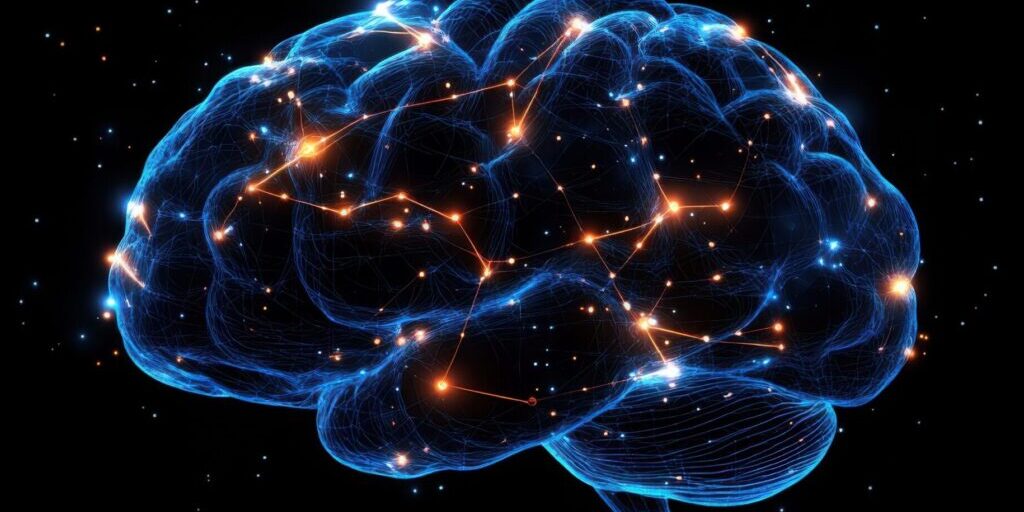Brain works

All translators and interpreters are bilingual or multilingual. But not all bilinguals or multilinguals can translate.
It is a common misperception, especially in multilingual societies like India, that multilingual individuals can automatically translate well. Most educated people learn at least three languages in school: English, Hindi (our national language) and the language of the state where we live. Many of us who speak English and/or Hindi much of the time at home will also speak at least one other language with family members (especially older relatives). Consequently, we are good at communicating in multiple languages, and as a result many people consider it a given that we can interpret and/or translate easily and fluently too.
Learning the difference the hard way
In my case, my ability to communicate in more than one language was why I thought of moving into translation. English is my language of habitual use, and in addition to my Indian languages, I was proficient in German – communicating with my German colleagues in German on a daily basis. I was working in developing software solutions and I wanted to try my hand at translation. So I offered to translate one of my company’s newsletters from German into English.
I thought I’d done a decent job of translating it. However, the document came back with several edits, and my version was rejected.
To say I was disappointed is an understatement. I was, in fact, embarrassed. When and how did I lose my grip on the basics of syntax, grammar and semantics? I was unable to reproduce in English what my brain was accomplishing day in and day out without my awareness – comprehending German. My brain had to be primed for translation tasks, which involved a lot more than being well versed in two languages – or indeed being able to operate in several more every day.
I realised that I needed to get back to basics: revisiting the essentials of grammar and syntax; reading style guides and subject-specific documentation; and preparing mind maps for different topics and themes.
Turning to neurolinguistics for explanations
Alongside my language revision, I became increasingly intrigued by the way in which the brain handles words and brings them together into comprehensible sentences and paragraphs; which is why I turned to neurolinguistic research to get my answers. Thanks to new brain-imaging techniques such as functional magnetic resonance imaging (fMRI) and positron emission tomography (PET) scans, researchers have been able to uncover some of the answers to how this happens.
Generally speaking, the left hemisphere of the brain is where language processing takes place. When you hear someone speak or when you read written information, it’s Wernicke’s area, located in the left temporal lobe, which processes this data and makes sense out of it. A bundle of nerves called the arcuate fasciculus carries this information to Broca’s area, which is located in the left frontal lobe and controls language expression, both written and verbal.
Some studies suggest that languages are also stored in Broca’s area and those learned in childhood are stored close to each other, while languages we learn as adults are stored further apart. According to these studies, this is why it’s easier to recall languages we learned early on and harder to recall those we learned more recently.
The left caudate region regulates and controls switching between languages. This part of the brain is most active in bilinguals and translators. However – and this is where it gets particularly interesting – brain scans have revealed that translators and interpreters process language in a different way from people who speak more than one language but don’t translate.
Bilingual brain versus translator brain
Put simply, bilinguals switch on, or activate, the language they’re using and switch off the other(s). When a bilingual switches over to speaking or writing their non-dominant language, their brain diverts the majority of its resources – including the working memory – towards processing that language.
By contrast, translators switch on the source language while reading the source text, activate the target language to carry out cross-language lexical matching and then switch off the source language to produce only the target text. Interpreters go through an equivalent process. As a result, translators and interpreters train their brains to keep both the source language and the target language active, and enable effective switching between these two languages. They become better at multitasking and dividing their attention efficiently between comprehending source language input, matching source to target and producing target language output. Unsurprisingly, translation and interpreting training also builds a larger and more active working memory, since both source and target language are active during linguistic processing at word, sentence and paragraph level.
What makes us different/special
As a result of all of this, brain structures that aren’t related to language processing – the anterior cingulate cortex and basal ganglia — show more activity in translators’ and interpreters’ brains. These structures regulate complex functions such as paying attention, prioritising and problem-solving, which are collectively known as executive functions.
It’s this, in particular, which makes us different (and, I’d argue, special). Translation and interpreting are not just about learning and memorising the lexical, syntactic and semantic aspects of a language. Several linguistic processes take place simultaneously (for instance, searching for the contextually correct terminology, adhering to the grammar norms of the target language, ensuring that the meaning is retained, and so on). It is a complex, higher-order, problem-solving activity and something that comes with continuously improving the executive functions of the brain.
It continues to amaze me how the brain works and how the skills of translation and interpreting involve brain faculties not even related to languages. Who would have thought that the part of the brain that helps you choose your morning coffee (espresso or americano?), is also involved in picking out the right term for your target text? My assumption that knowing several languages makes me good at translation has been replaced by a new-found respect for both my profession and my colleagues.
This article originally appeared on the Bulletin of the UK-based Institute of Translation and Interpreting. It is republished with permission.
By Pavitra Baxi
About the Author
Pavitra Baxi MITI is a German to English translator based in Bengaluru, India. She works mainly in the engineering, medical and IT sectors. She is a mechanical engineer by qualification, and developed software solutions for the automobile and construction engineering sectors before turning to full-time translation. Her website is pavitrabaxi.com, and you can contact her at pavitra@pavitrabaxi.com.
Language Services Directory
Subscribe to The ATA Compass
Connect with The ATA Compass
Recent Posts
Translator vs. Interpreter
Watch a Day in the Life of Translators and Interpreters See how translators and interpreters work in this short animated video. Translators do the writing Translators work with the written…
Read MoreLanguage Services Directory
Start Your Search ATA’s Language Services Directory includes a list of all ATA members of individuals, as well as companies. Need help finding the right professional? Professional translators and interpreters…
Read MoreExploring Translation and Interpreting Services
Why Are Language Services Essential in an Internationalized World? In a world where communication knows no bounds, effective language services are paramount. ATA helps you find professional translators and interpreters…
Read MoreWhy You Should Use a Certified Translator or Interpreter
Choosing a Certified Professional is the Smart Choice A certified translator or interpreter ensures effective, accurate, and culturally sensitive communication that truly bridges the gap between languages and cultures. Accuracy…
Read MoreKnow Your Rights to Language Access
Is English Not Your Primary Language? If you have a limited ability to read, write, speak, or understand English, you are considered to be Limited English Proficient (LEP). As an…
Read MoreClient Assistance
Can I afford to hire a professional? You can’t afford NOT to. Poor translation and interpreting services can be disastrous for your business. See what’s at stake. Learn More What’s…
Read More







